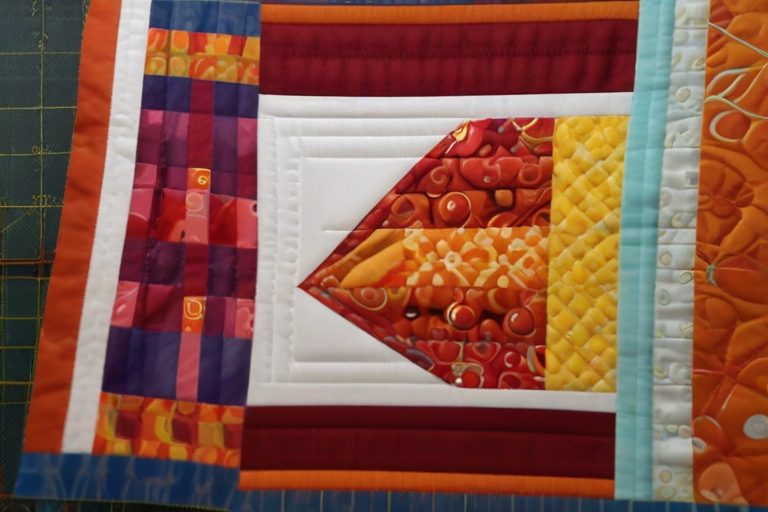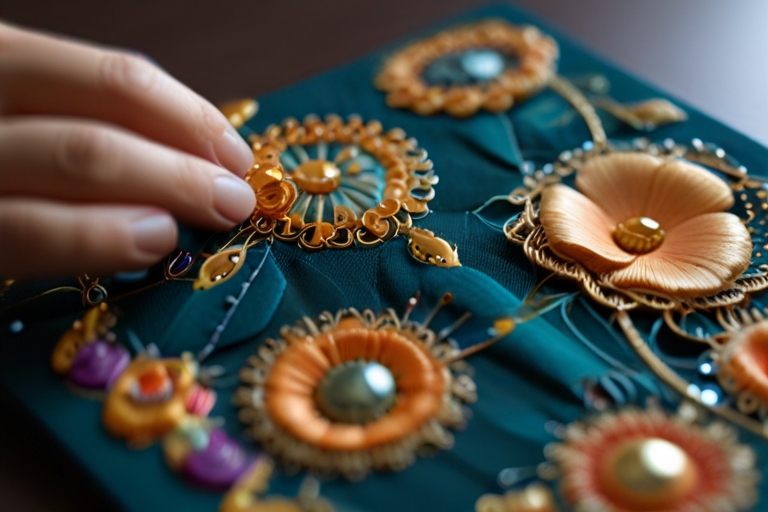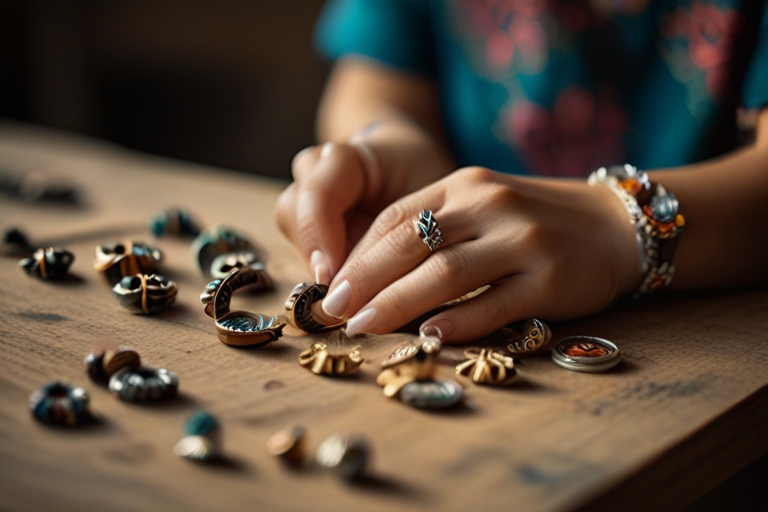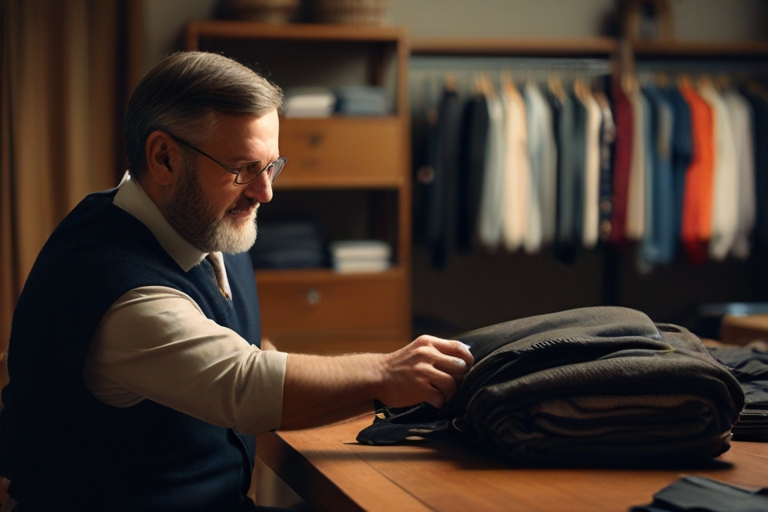
Textile artistry is a rich and diverse medium that offers endless possibilities for creativity and self-expression. By combining various materials, techniques, and textures, textile artists can create captivating works of art that transcend traditional boundaries. In this article, we’ll delve into the world of textile artistry and explore the exciting realm of mixed media techniques.
1. Collage and Assemblage: Collage and assemblage techniques allow textile artists to layer fabrics, papers, and found objects to create dynamic and textured compositions. Experiment with different materials such as vintage textiles, handmade papers, metal embellishments, and natural fibers to add depth and dimension to your artwork. Use stitching, gluing, and other joining techniques to bring your collage to life and create visual interest.
2. Embroidery and Stitching: Embroidery and stitching are essential techniques in textile artistry, offering endless possibilities for adding texture, pattern, and detail to your creations. Explore traditional embroidery stitches like satin stitch, chain stitch, and French knots, as well as experimental stitches and techniques like thread painting, stumpwork, and stumpwork. Combine embroidery with other mixed media elements such as beads, sequins, and found objects to create intricate and embellished surfaces.
3. Printing and Surface Design: Printing and surface design techniques allow textile artists to apply color and pattern to fabric surfaces in innovative ways. Experiment with techniques like screen printing, block printing, and digital printing to create custom fabrics with unique designs and motifs. Explore alternative printing methods such as eco-printing, cyanotype, and shibori to create one-of-a-kind textiles with organic textures and patterns.
4. Mixed Media Collage: Combine textile elements with other mixed media materials such as paint, ink, and paper to create mixed media collages that blur the boundaries between textile art and fine art. Experiment with techniques like painting, drawing, and printmaking to create backgrounds and layers for your textile compositions. Incorporate found objects, ephemera, and mixed media elements to add depth, contrast, and visual interest to your artwork.
5. Sculptural Textiles: Push the boundaries of textile artistry by creating sculptural textiles that challenge traditional notions of form and function. Experiment with techniques like fabric manipulation, pleating, folding, and draping to create three-dimensional textile structures. Explore unconventional materials such as wire, paper, and resin to add structural support and stability to your textile sculptures, and combine textile elements with other mixed media materials to create hybrid forms that defy categorization.
Textile artistry offers a wealth of opportunities for creative exploration and self-expression, and mixed media techniques open up even more possibilities for experimentation and innovation. Whether you’re creating mixed media collages, exploring surface design techniques, or pushing the boundaries of textile sculpture, the key is to embrace your creativity, follow your intuition, and let your imagination soar. So gather your materials, experiment with different techniques, and embark on a journey of textile artistry that’s as unique and individual as you are.



